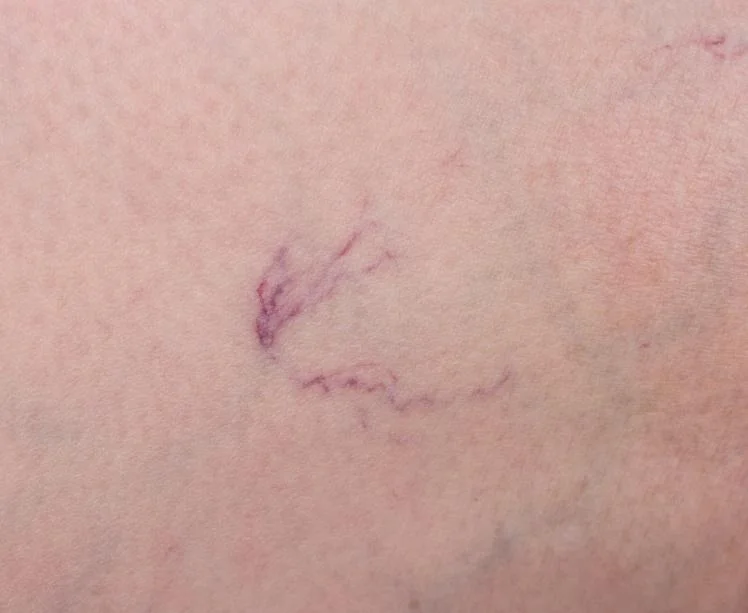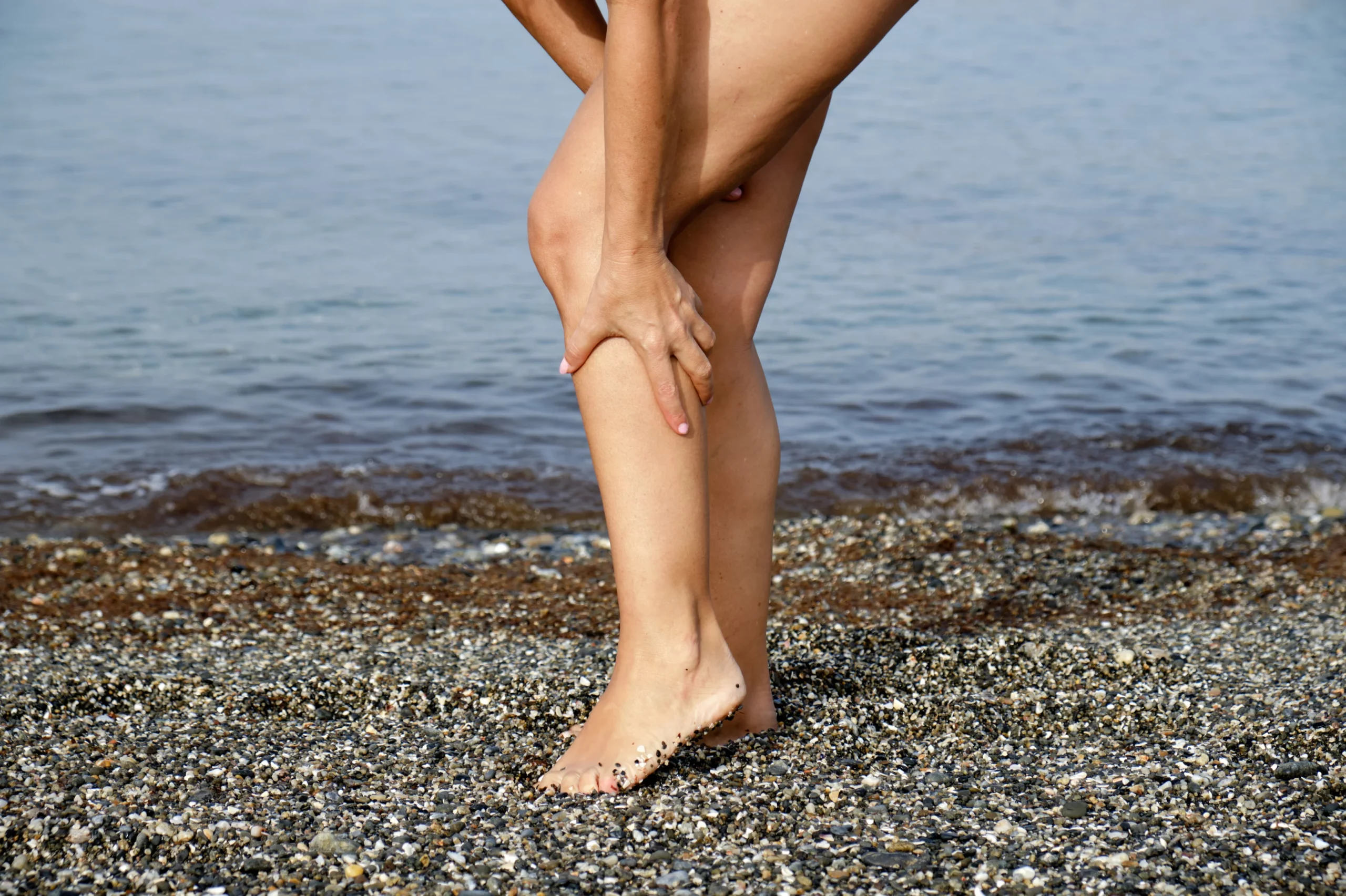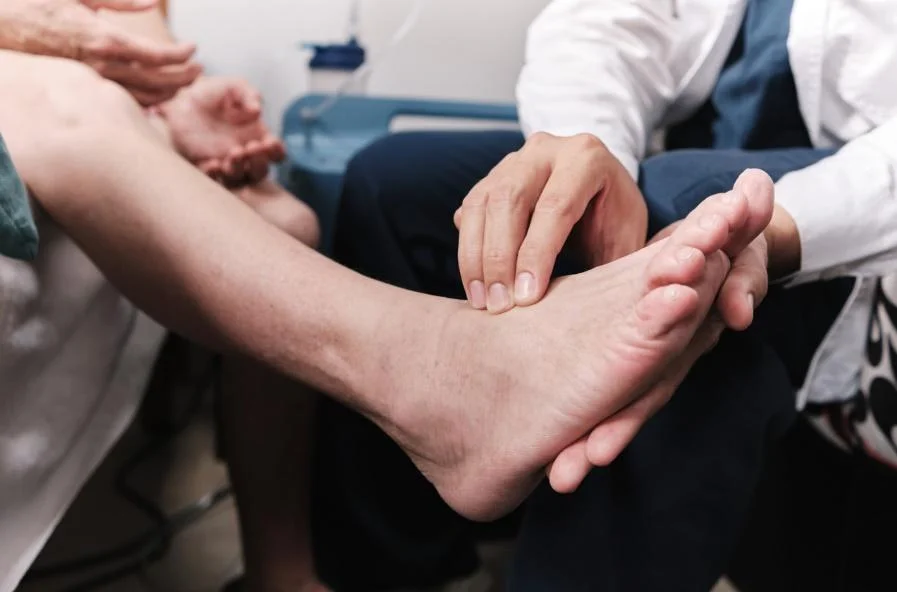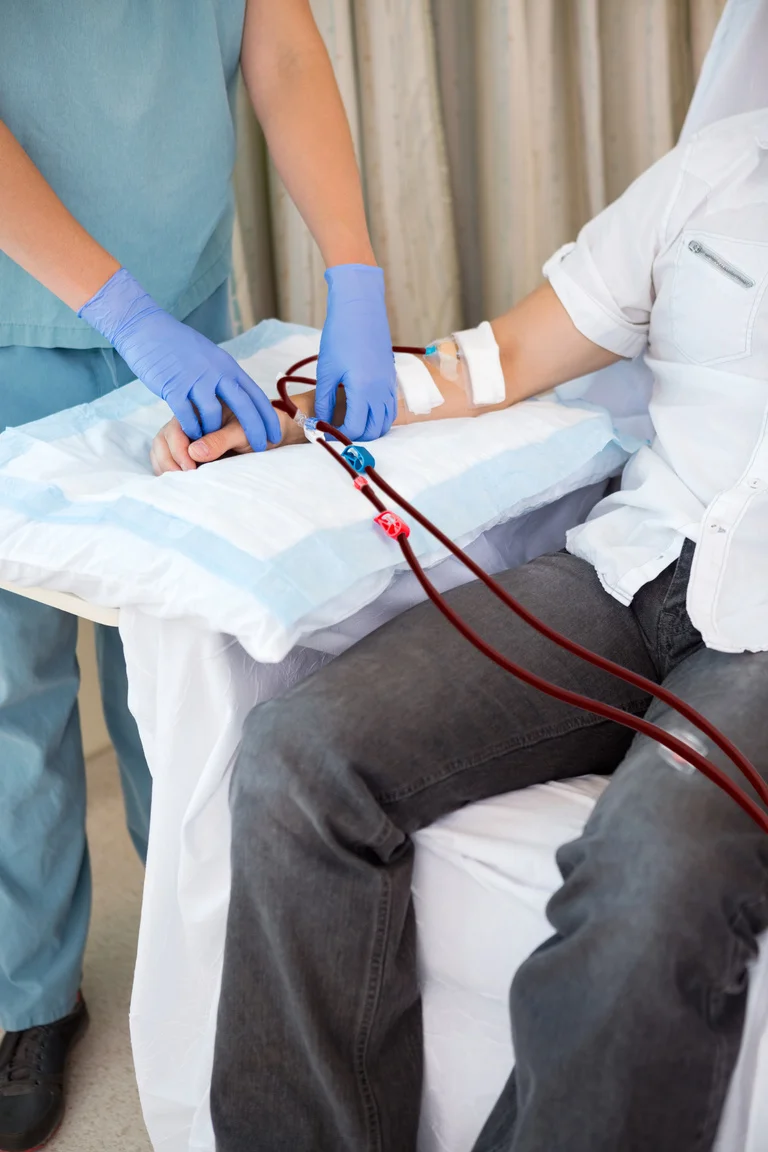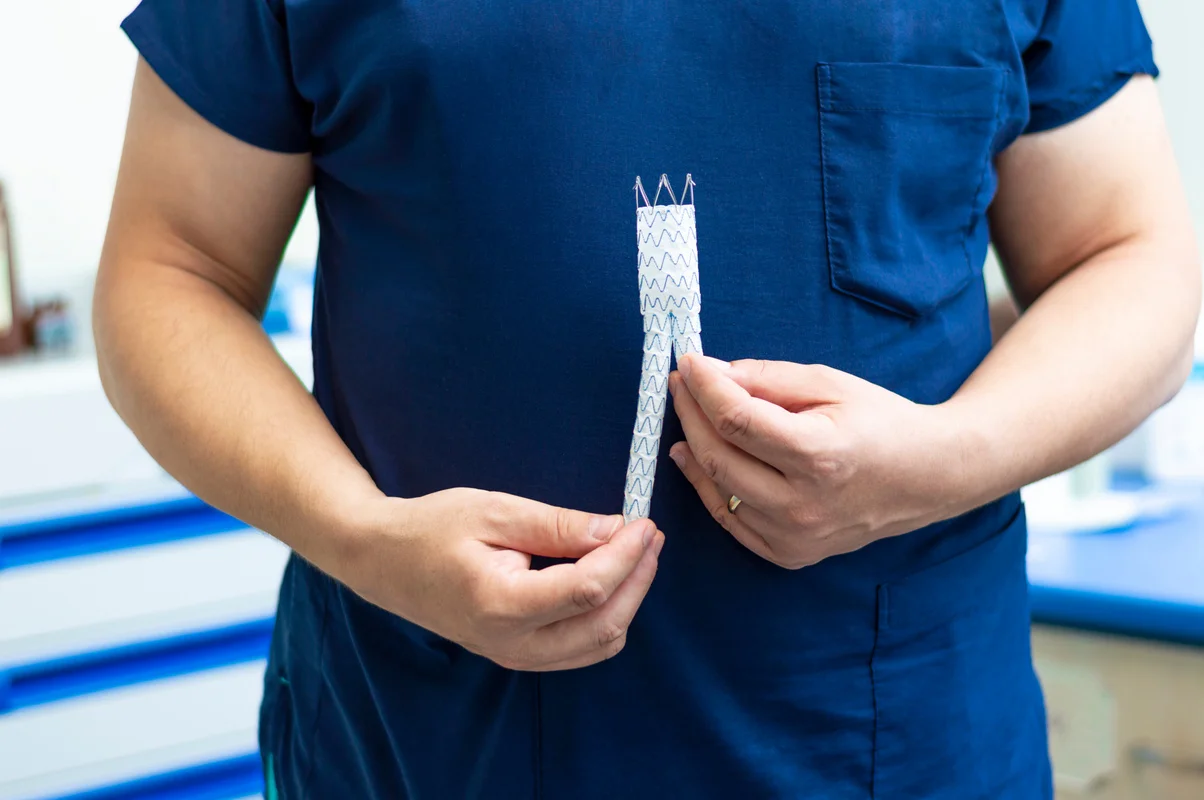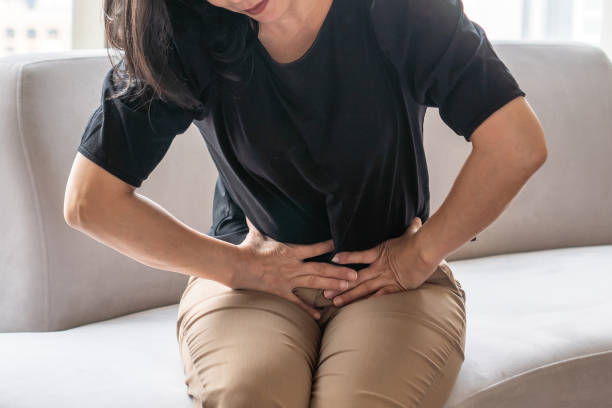Iliac Vein Compression Syndrome (IVCS), also known as May-Thurner Syndrome, is a condition where the left iliac vein is compressed by the right iliac artery. This compression can lead to various health issues, including leg swelling and deep vein thrombosis (DVT). Knowing about IVCS can help with early diagnosis and effective treatment.

Causes of IVCS
IVCS occurs when the right common iliac artery presses against the left common iliac vein, squeezing it against the spine. This can narrow the vein, reduce blood flow, and even cause a blockage. Over time, this chronic compression can lead to the development of scar tissue within the vein. Additionally, the stagnant blood flow increases the risk of blood clots, which can result in DVT.
Symptoms of IVCS
If you have IVCS, you might notice your left leg swelling more than usual. This happens because the blood return from your leg is impaired. You might also experience pain or a heavy feeling in your leg. In more severe cases, you could see skin changes, such as ulcers or discoloration, due to chronic venous insufficiency. Another common symptom is venous claudication, which is pain in your legs when you walk or exercise.
Diagnosis of IVCS
To diagnose IVCS, doctors use several imaging techniques. An ultrasound can detect vein compression and assess blood flow. More advanced imaging, such as a CT venogram or MR venogram, can visualize the compression and any related pelvic abnormalities. A diagnostic venogram, which involves X-ray imaging with contrast dye, provides detailed images of the vein.
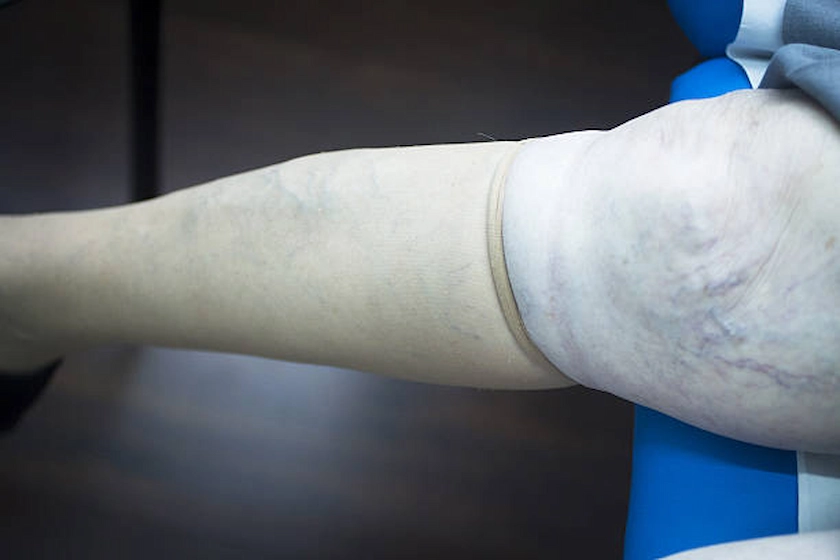
Treatment of IVCS
Treatment for IVCS can vary depending on the severity of the condition.
Conservative Management: For milder cases, wearing compression stockings can help improve blood flow and reduce swelling. Making lifestyle changes, such as regular exercise, managing your weight, and avoiding prolonged immobility, can also be beneficial.
Endovascular Interventions: For more severe cases, procedures like balloon angioplasty and stenting are common. During balloon angioplasty, a balloon is inserted and inflated to widen the narrowed vein. Stenting involves placing a small mesh tube in the vein to keep it open, ensuring normal blood flow. Intravascular ultrasound (IVUS) often guides these procedures to ensure accurate stent placement.
Post-Treatment Expectations
After undergoing stenting, you might feel some mild discomfort or back pain for a week or two. Painkillers can help manage this. It’s important to have regular follow-ups with your doctor to ensure the stent remains open and effective.
Prevention and Management
To prevent IVCS from worsening, regular monitoring is essential. Routine check-ups can help keep track of your vein health. Leading a healthy lifestyle, which includes staying active and maintaining a healthy weight, is crucial. If you notice any symptoms like leg swelling or pain, seek medical advice promptly to prevent complications.
Conclusion
Iliac Vein Compression Syndrome is manageable with the right diagnosis and treatment. Early intervention can prevent serious complications and improve your quality of life. For personalized advice and treatment options, visit Dr. Darryl Lim’s clinic. Our team specializes in vascular conditions and is here to provide you with expert care.
